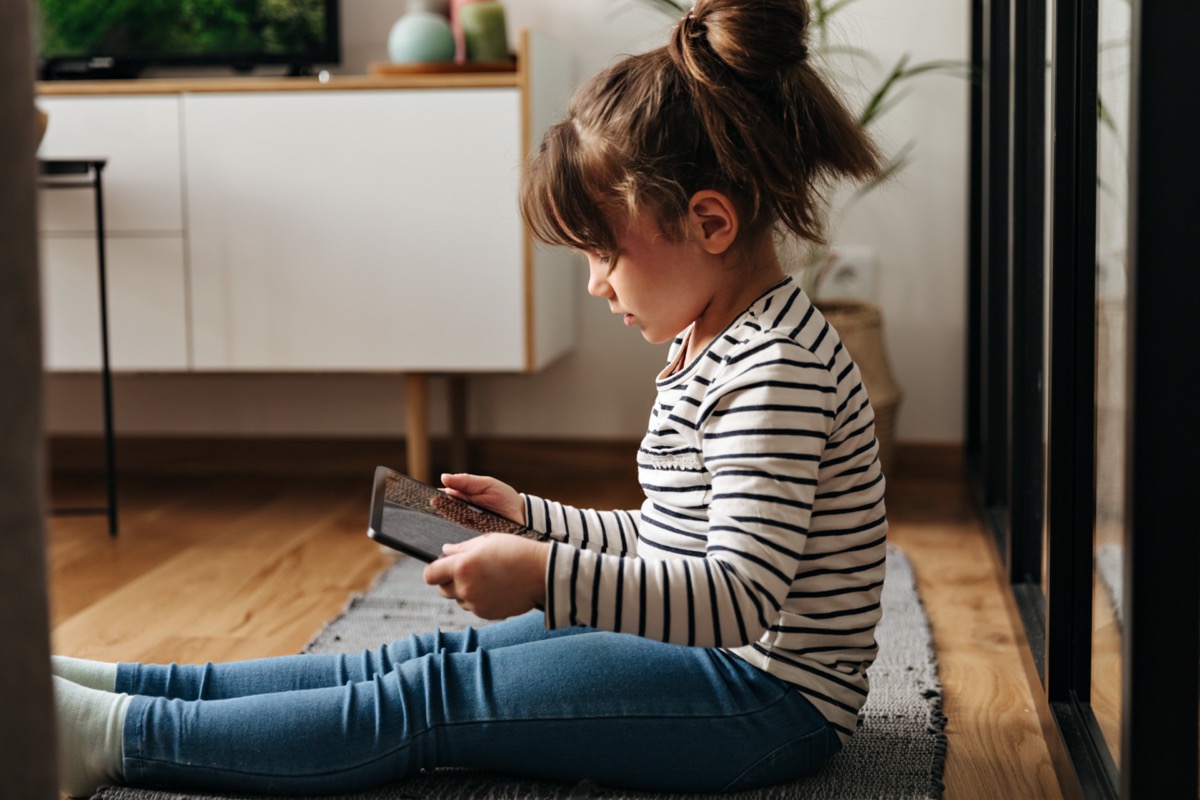The Importance of Actively Monitoring Children's TikTok Activities
The Risks of Unmonitored TikTok Usage for Children
As a parent, there are several tips you can follow to encourage responsible TikTok usage and creativity in your children. Firstly, set clear boundaries and time limits for TikTok usage. Monitor their activity and ensure they are following age-appropriate content. Encourage them to create their own content and express their creativity, but also teach them about online safety and the importance of privacy. Have open conversations about the potential risks and consequences of sharing personal information online. Lastly, lead by example and show them how to use TikTok responsibly by being mindful of your own social media usage.



